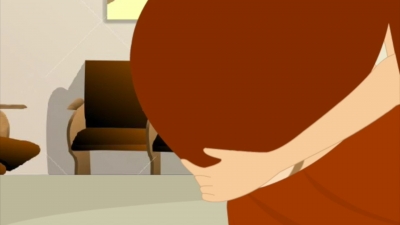A maternity belly band is a tube-top shaped piece of flexible fabric that goes around your tummy to support the lower back and abdomen, especially during second and third semester. They come in different colours so that you can wear them as an undershirt or match your maternity pants.
Belly Bands For Reducing Pain
Sacroiliac (SI) Joint Pain: The increase in Relaxin hormone during pregnancy causes frequent SI joint pain. The hormone is said to be affected by hip joints to become loose and stable. The pain might get sharp and sometimes be agonizing in the lower back adjacent to the tailbone. Belly bands brace this region to stabilize the joint intercepting the pain.
Round Ligament Pain: That sharp pain when you are in your second trimester on the front of the hip and below the belly is called Round Ligament Pain.
Belly Bands Gives You A Gentle Squash During Activities: The growing baby bump always is kind of an obstacle when it comes to doing your regular activities. That’s like you on a battlefield fighting enemies with a baby hanging around your belly. The gentle squash or press of a belly band can brace the uterus and makes you comfortable during movements during physical activities.
*Too much press on the abdomen can harm blood circulation resulting in negative effects. It can also contribute to heartburn and indigestion.
Belly band can be worn after pregnancy: The stretched and strained muscles and ligaments during pregnancy require time to heal. Weakness combined with the demanding job of caring for a newborn can be challenging and lead to injuries.
Many women find that wearing a belly band postpartum provides additional support to the abdomen and lower back, decreasing discomfort. A belly band can be beneficial to women who have experienced a separation of the abdominal muscles (diastasis recti) by physically bringing the abdominal muscles back together. Combined with specific exercises, this may assist in closing the gap between the abdominal muscles.
Remember, a belly band is a temporary fix. It doesn’t heal the underlying condition or dysfunction. By supporting the abdomen, it can “turn off” the muscles underneath, causing increased weakness long term.
Important:
i) Do not over-dependent; wear a belly band or any support garment for no more than two to three hours at a time
ii) Exercise to strengthen the transverse abdominals with the combination of the use of a belly band.
iii) Consult your doctor before trying on support garments. Women with abnormal blood pressure may be advised against the use of a belly band.



